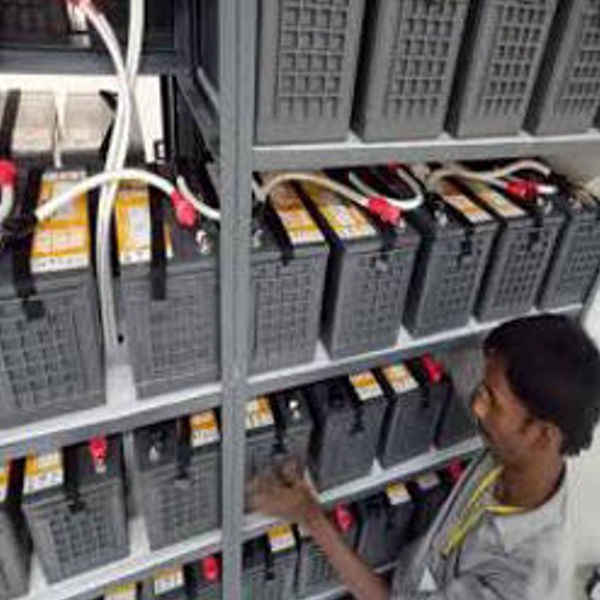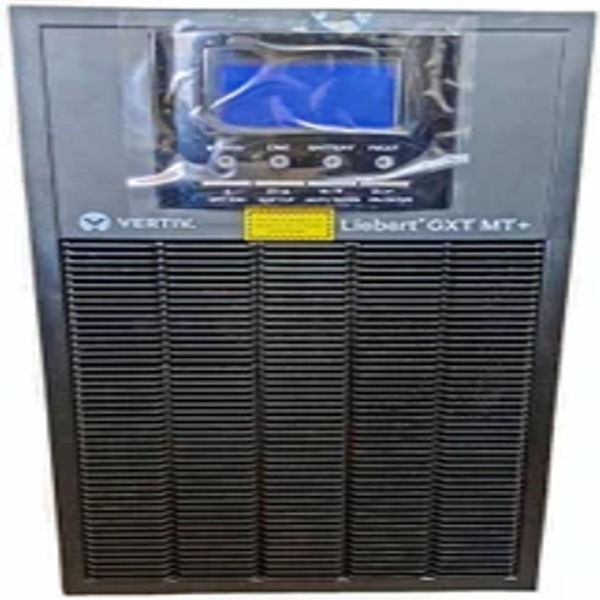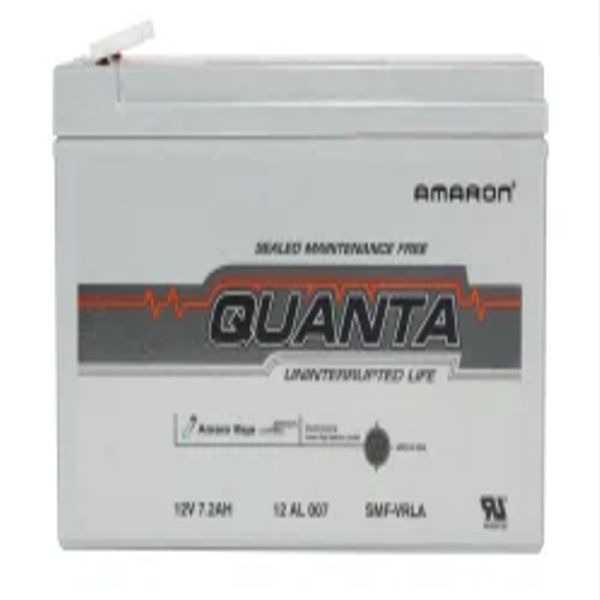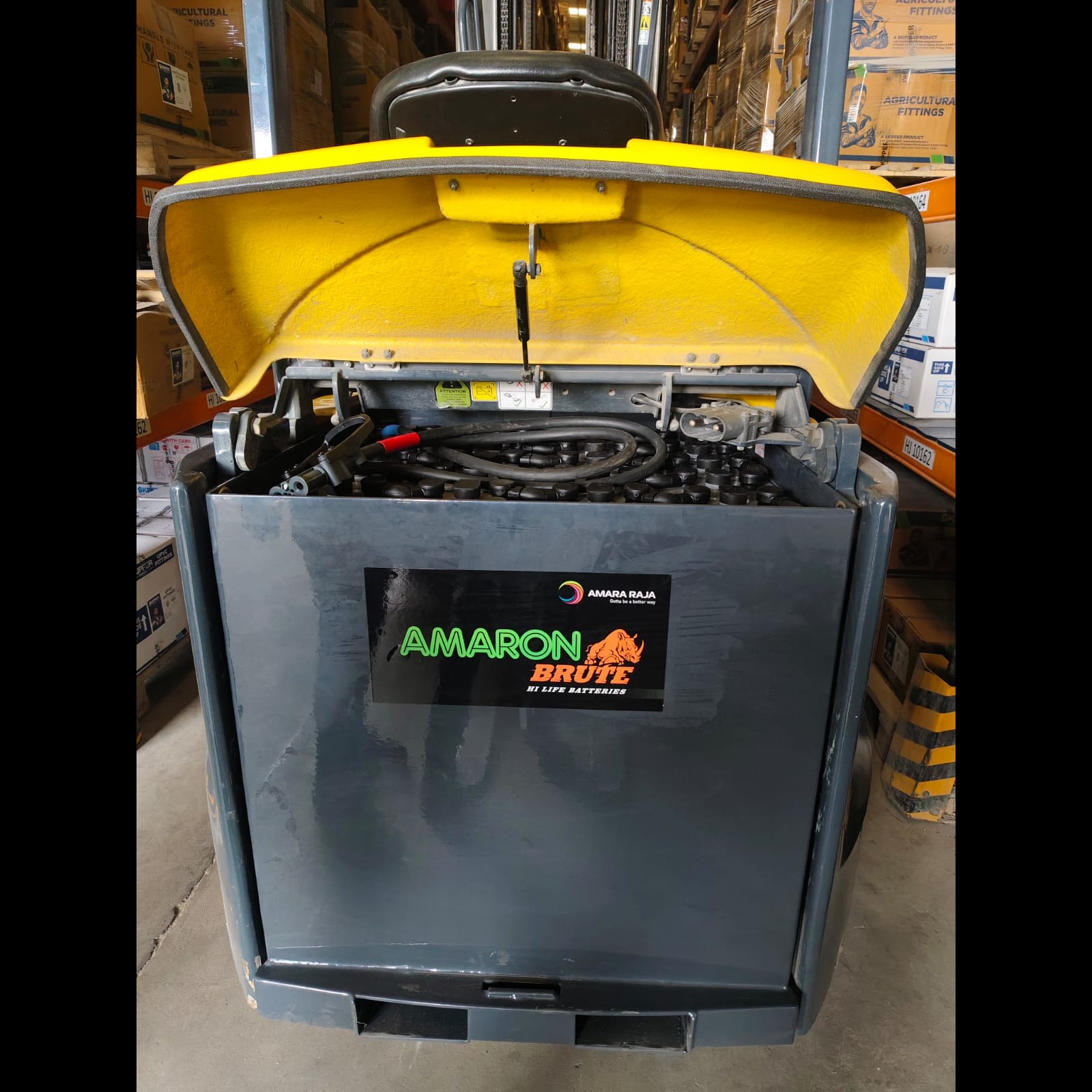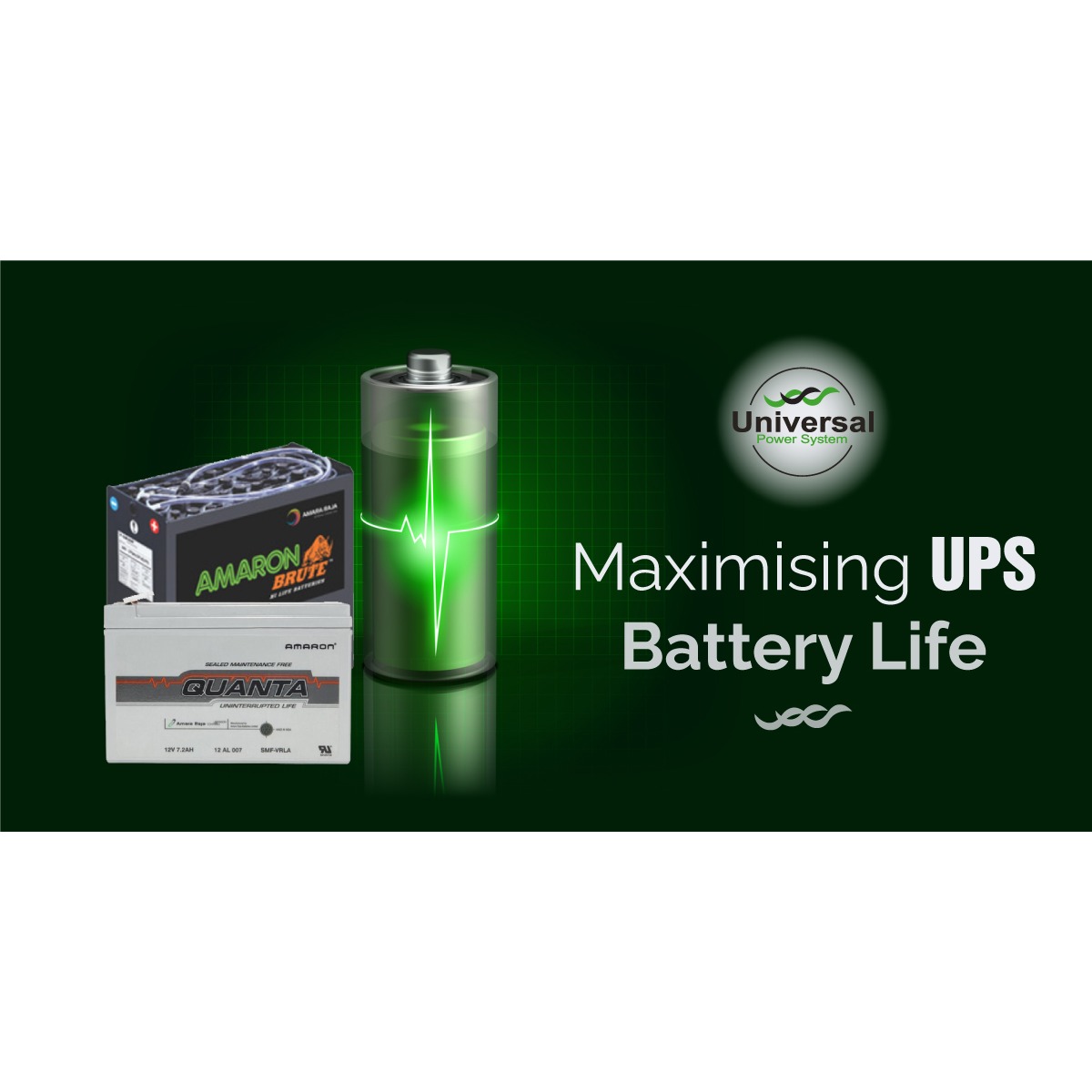
UPS BATTERIES DEALER
Uninterruptible Power Supplies (UPS) are crucial for maintaining the reliability and availability of power in critical systems. Central to a UPS system is its battery, which provides emergency power during outages and stabilizes voltage fluctuations. This guide explores UPS batteries in depth, covering their types, working principles, benefits, and maintenance practices.
1. What is a UPS Battery?
A UPS battery is a rechargeable battery used in uninterruptible power supply systems. Its primary function is to supply power to connected devices when the main power source fails. UPS batteries ensure that there is no interruption in the power supply, providing time for systems to be shut down safely or for a backup generator to start.
2. Types of UPS Batteries
2.1 Lead-Acid Batteries
1. Flooded Lead-Acid Batteries:
Description: These are the traditional type of lead-acid batteries, which require regular maintenance, including checking electrolyte levels and cleaning terminals.
Advantages: Cost-effective, reliable, and well-understood technology.
Disadvantages: Maintenance-intensive and can emit gases that require proper ventilation.
2. Sealed Lead-Acid (SLA) Batteries:
Description: SLA batteries are sealed and maintenance-free, making them a popular choice for UPS systems.
Advantages: No need for regular maintenance, safer operation as they are less likely to leak.
Disadvantages: Generally have a shorter lifespan compared to flooded batteries and higher self-discharge rates.
2.2 Lithium-Ion Batteries
1. Lithium Iron Phosphate (LiFePO4):
Description: A type of lithium-ion battery known for its safety and thermal stability.
Advantages: Longer lifespan, faster charging, and higher energy density compared to lead-acid batteries.
Disadvantages: Higher initial cost, but this is offset by longer battery life and lower total cost of ownership.
2. Lithium Cobalt Oxide (LiCoO2):
Description: Commonly used in consumer electronics but also applicable in UPS systems.
Advantages: High energy density and compact size.
Disadvantages: Less thermal stability and higher cost compared to other lithium-ion chemistries.
3. How UPS Batteries Work
UPS batteries store electrical energy in chemical form and release it as electrical power when needed. When the main power supply is available, the UPS battery is kept in a charged state by the UPS system. Upon power failure, the battery discharges to provide energy to connected devices. The battery’s ability to deliver power is influenced by its chemistry, capacity, and overall health.
4. Applications of UPS Batteries
1. Data Centers:
UPS batteries are vital in data centers to ensure continuous operation and prevent data loss during power outages.
2. Healthcare Facilities:
In hospitals and clinics, UPS batteries keep critical equipment running, ensuring that patient care is not compromised.
3. Telecommunications:
UPS systems with batteries support communication networks, preventing service disruptions during power failures.
4. Industrial Processes:
UPS batteries protect sensitive industrial processes from interruptions, safeguarding production lines and machinery.
5. Benefits of UPS Batteries
1. Continuous Power Supply:
UPS batteries provide an uninterrupted power supply, ensuring that critical systems remain operational during outages.
2. Voltage Regulation:
UPS systems help stabilize voltage, protecting sensitive equipment from damage caused by voltage fluctuations.
3. Safe Shutdown:
In the event of a power failure, UPS batteries allow for a safe and orderly shutdown of systems, minimizing data loss and hardware damage.
4. Improved Equipment Longevity:
By preventing abrupt power losses and voltage spikes, UPS batteries extend the lifespan of connected equipment.
6. Choosing the Right UPS Battery
1. Capacity:
The capacity of a UPS battery should match the power requirements of the connected load. This is typically measured in ampere-hours (Ah) or watt-hours (Wh).
2. Runtime:
Consider the required runtime during a power outage. Different battery types and sizes offer varying runtimes.
3. Environmental Factors:
Evaluate the operating environment. For instance, lead-acid batteries may need proper ventilation, while lithium-ion batteries are more compact and have higher energy density.
4. Cost and Maintenance:
Assess both the initial cost and the long-term maintenance requirements. Lithium-ion batteries have a higher upfront cost but lower maintenance and replacement costs over time.
7. Maintenance and Care of UPS Batteries
1. Regular Inspection:
Periodically check battery connections, electrolyte levels (for lead-acid batteries), and overall battery condition.
2. Cleaning:
Keep battery terminals clean and free from corrosion. For sealed batteries, ensure that the battery compartment is dust-free.
3. Testing:
Perform regular load tests and battery tests to ensure the UPS is functioning correctly and the batteries are holding charge.
Keywords
data loss
2. Runtime
UPS system
higher cost
patient care
Data Centers
compact size
power outage
Safe Shutdown
SLA batteries
chemical form
power failure
battery tests
A UPS battery
voltage spikes
SLA) Batteries
popular choice
connected load
overall health
hardware damage
faster charging
Longer lifespan
emergency power
required runtime
traditional type
shorter lifespan
sealed batteries
varying runtimes
orderly shutdown
production lines
backup generator
primary function
critical systems
Sealed Lead-Acid
electrical power
lower total cost
connected devices
replacement costs
battery terminals
electrical energy
lower maintenance
Right UPS Battery
main power supply
main power source
cleaning terminals
Voltage Regulation
proper ventilation
electrolyte levels
working principles
critical equipment
Regular Inspection
power requirements
regular load tests
connected equipment
service disruptions
battery compartment
battery connections
lithium-ion battery
sensitive equipment
longer battery life
Higher initial cost
higher upfront cost
abrupt power losses
High energy density
voltage fluctuations
consumer electronics
rechargeable battery
continuous operation
UPS BATTERIES DEALER
Lithium Cobalt Oxide
operating environment
Environmental Factors
Healthcare Facilities
maintenance practices
higher energy density
communication networks
Less thermal stability
Lithium Iron Phosphate
2.1 Lead-Acid Batteries
Different battery types
Continuous Power Supply
Cost-effective, reliable
2.2 Lithium-Ion Batteries
overall battery condition
uninterrupted power supply
Flooded Lead-Acid Batteries
higher self-discharge rates
Improved Equipment Longevity
other lithium-ion chemistries
sensitive industrial processes
Uninterruptible Power Supplies
long-term maintenance requirements
uninterruptible power supply systems
regular maintenance, safer operation
